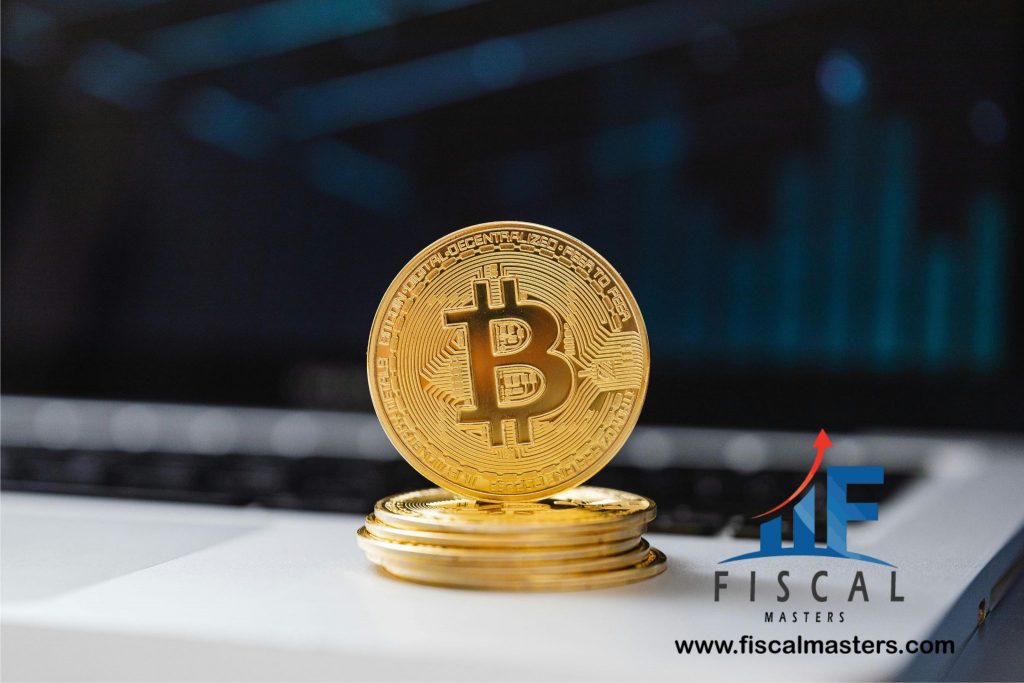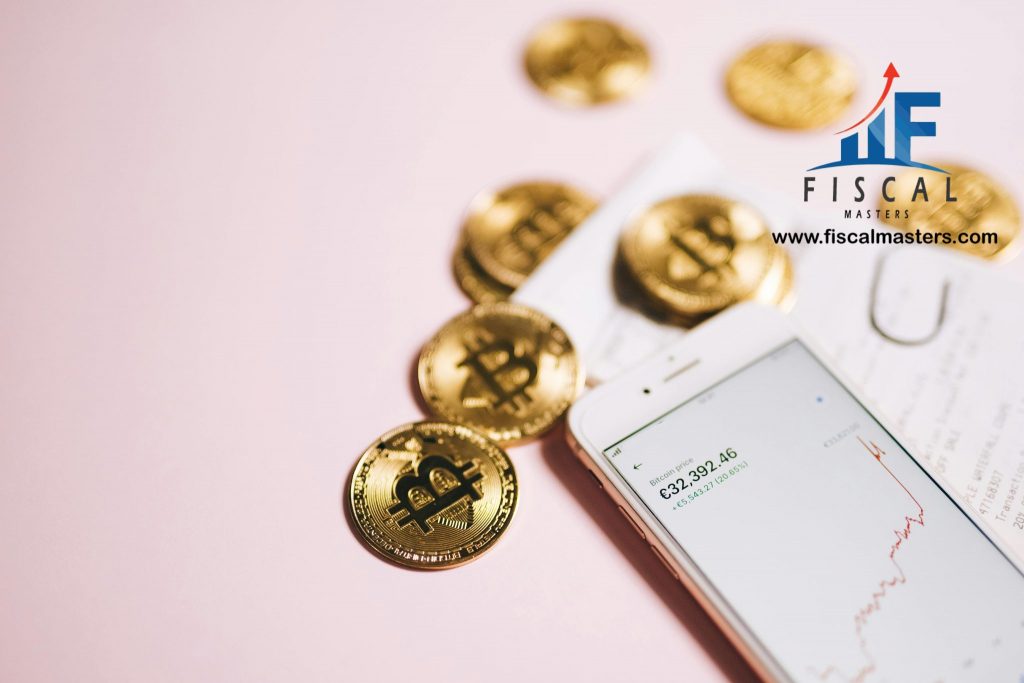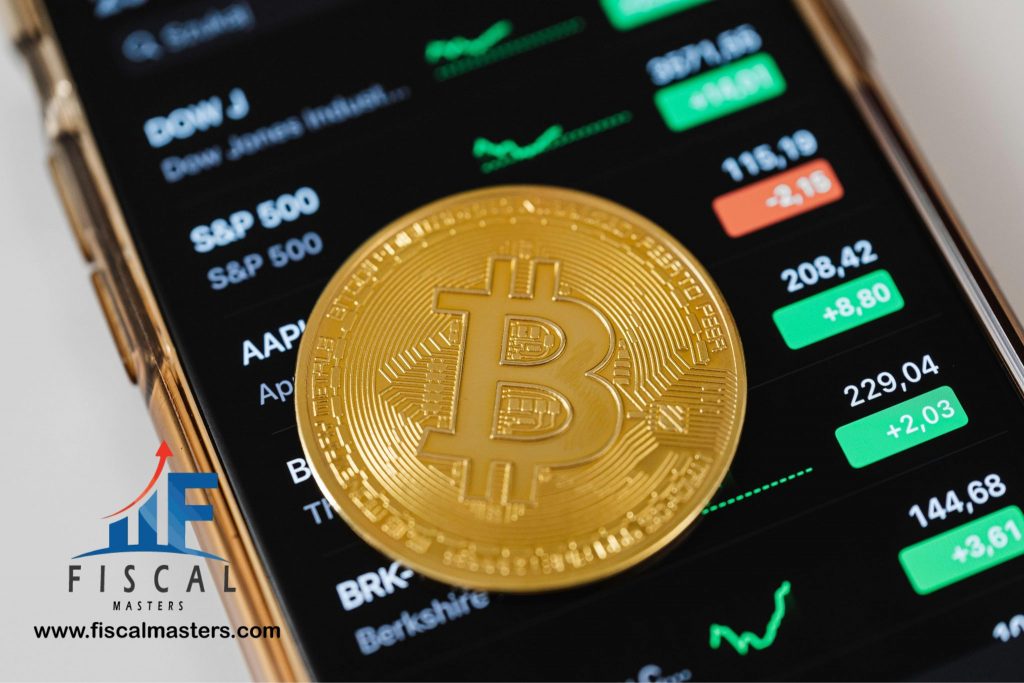Step into a world where money exists beyond physical borders and traditional institutions. Imagine a currency that’s not printed on paper or minted in metal but lives purely in the digital realm.
Welcome to the digital currency landscape! Here the transactions are instantaneous, decentralized, and global. From Bitcoin to blockchain, this emerging trend is reshaping the very foundation of finance. But what exactly is digital money, and where is it headed?
Check out: Mastering Bitcoin Trading: Ten Definitive Tips for Beginners and Seasoned Traders
Join us as we unravel the mysteries and possibilities of this financial revolution. Today, we’ll explore the rise and future of digital currency, starting from its humble beginnings to its massive potential to stir entire industries in the current fast-paced financial landscape. So, let’s explore digital finance that knows no limitations.

Understanding Digital Currency
Wondering what are digital currencies? Let’s find it here.
Defining Digital Currency
Digital currency is a form of currency that exists purely in electronic or digital form. Unlike traditional currencies such as cash or coins, digital currencies are intangible and solely maintained electronically.
They don’t have a physical presence and are not issued or regulated by any central authority like a government or financial institution. This digital nature allows for borderless transactions and facilitates effortless global transactions without the need for intermediaries.
Read more on: What is Bitcoin Mining: Understanding it’s Features, Potential Benefits and Associated Risks
Types of Digital Currencies
Another surprising side of digital money is its many types. here’s a comprehensive breakdown of the types we know.
Cryptocurrency: Cryptocurrency is the most well-known type of digital currency. It operates on decentralized networks based on blockchain technology. Examples include Bitcoin, Ethereum, and Litecoin. Cryptocurrencies utilize cryptographic techniques to secure transactions and regulate the creation of new units. They offer users privacy, security, and control over their funds without the need for traditional banking systems.
Central Bank Digital Currencies: CBDCs are digital representations of a country’s fiat currency issued by its central bank. Unlike cryptocurrencies, CBDCs are centralized and regulated by the issuing authority. They aim to digitize traditional fiat currencies to enhance efficiency, reduce costs, and improve financial inclusion. Examples of countries exploring CBDCs include China with its digital yuan and Sweden with its e-krona project.
Also check out: Bitcoin environmental impact- The negative implications of this evolving technology on the carbon footprint
Cryptocurrency Evolution
Cryptocurrencies have come a long way since the inception of Bitcoin in 2009. Initially viewed with skepticism, cryptocurrencies have now gained mainstream recognition and acceptance. They have evolved beyond being merely a speculative assets to being used for real-world transactions and investments.
The future direction of cryptocurrencies holds promise, with advancements in technology improving scalability, security, and interoperability. Potential developments include greater integration with traditional financial systems, increased adoption by businesses and consumers, and the emergence of new use cases.
Learn more on: Bitcoin Halving: Exploring Its Profound Impact on Supply and Demand in the Cryptocurrency Landscape
The Rise of Blockchain Currencies
Blockchain technology underpins the entire digital currency ecosystem and has far-reaching implications for the future of finance. Its decentralized and immutable nature ensures the security and transparency of transactions, reducing the need for intermediaries and streamlining processes.
Beyond cryptocurrencies, blockchain technology has the potential to revolutionize various industries, including supply chain management, healthcare, and voting systems. As the technology continues to mature, new applications for digital currencies are emerging, opening up exciting possibilities for innovation and disruption in the financial landscape.

The Role of Blockchain Technology
Blockchain technology serves as the underlying infrastructure for most digital currencies, providing a secure and transparent framework for recording transactions. Here’s a simplified explanation of its core functionalities:
Decentralization
Blockchain operates on a decentralized network of computers, known as nodes. This means that no single entity controls the entire network, ensuring a distributed and tamper-resistant system.
Transparency
Transactions recorded on the blockchain are visible to all participants in the network. Each transaction is cryptographically linked to the previous one, forming a chain of blocks. This transparency enhances trust and accountability.
Immutability
Once recorded, transactions on the blockchain cannot be altered or deleted. This immutability ensures the integrity and security of the transaction history, reducing the risk of fraud or manipulation.
Consensus Mechanisms
Blockchain uses consensus mechanisms to validate transactions and secure the network. Common mechanisms include proof of work (PoW) and proof of stake (PoS), which require participants to verify transactions through computational puzzles or by staking their own cryptocurrency.
Read more on: Rise of Bitcoin Investments: Learning The Fundamentals Of The World’s First Cryptocurrency
Exploring the Digital Currency Ecosystem
We’ve moved to the next part where we’ll dissect the digital money realm in detail. Let’s get into the nitty gritty under various headings.
Digital Money vs. Digital Currency
When we talk about digital currency, it’s important to distinguish between digital versions of existing currencies and true digital currencies. Digital money refers to electronic representations of traditional fiat currencies, such as dollars, euros, or yen, which are typically stored and transacted through digital means like online banking or mobile payment apps. These digital versions maintain the value and regulatory framework of their physical counterparts but offer the convenience of electronic transactions.
Learn more about: Strong Social Impact of Blockchain Technology: Why Developing Countries Need to Urgently Invest in This Evolving Financial Paradigm
Besides, true digital currencies, like cryptocurrencies and central bank digital currencies (CBDCs), are fundamentally different. Cryptocurrencies, such as Bitcoin and Ethereum, operate on decentralized networks and are not tied to any specific government or central bank. They offer users autonomy, privacy, and security in their financial transactions, as they bypass traditional banking systems.
CBDCs, on the other hand, are digital representations of a country’s fiat currency issued by its central bank. Unlike cryptocurrencies, CBDCs are centralized and regulated by the issuing authority. They aim to digitize traditional fiat currencies to enhance efficiency, reduce costs, and improve financial inclusion.
Global Landscape
The adoption of digital currencies varies across the globe. Several countries are actively exploring or piloting CBDC projects. For example, China has been testing its digital yuan in various cities, aiming to enhance the efficiency of domestic transactions and potentially challenge the dominance of existing payment systems. Other countries, such as Sweden, are also exploring the idea of introducing a CBDC to address the decline in cash usage and promote financial inclusion.
In terms of cryptocurrency usage, countries like the United States, Japan, and South Korea have seen significant adoption and trading volumes. These countries have regulatory frameworks to govern cryptocurrency exchanges and transactions, providing a level of legitimacy to the market.

List Of Major Digital Currencies
Here’s the digital currency list of the most popular ones:
| Bitcoin | Often referred to as digital gold, Bitcoin is the first and most well-known cryptocurrency. It operates on a decentralized network using blockchain technology and is used for peer-to-peer transactions and as a store of value. |
| Ethereum | Ethereum is a blockchain platform that enables developers to build decentralized applications (dApps) and smart contracts. Its native cryptocurrency, Ether, is used to facilitate transactions and power applications on the Ethereum network. |
| Ripple | Ripple is both a digital currency (XRP) and a payment protocol designed to facilitate cross-border payments and remittances. It aims to provide fast and low-cost transactions, especially for financial institutions. |
Check out: Financial Literacy For Kids: Teaching Money Management Skills From An Early Age
US Digital Currency
The United States has been exploring the potential development of a central bank digital currency (CBDC), often referred to as a digital dollar. A US CBDC could offer numerous benefits, including increased efficiency in payments, reduced costs, and enhanced financial inclusion.
However, policymakers are carefully evaluating the implications of introducing a digital currency, including its impact on monetary policy, financial stability, and privacy. While discussions are ongoing, the development of a US CBDC could potentially reshape the country’s financial system and its role in the global economy.
Read more on: Managing Personal Finances: Ten Tips for Money-Saving to Achieve your Financial Goals- January 2024
Investment Considerations
Investment for instance crypto investment opportunities has a huge margin.
Potential Rewards: Investing in digital currencies can offer significant rewards, with some investors realizing substantial gains. The growing adoption of cryptocurrencies and the potential for technological innovations drive the value of digital assets.
Risks: However, investing in digital currencies comes with inherent risks. Price volatility is a prominent risk factor, with cryptocurrency markets experiencing sudden fluctuations. Regulatory uncertainty poses another risk, as government regulations can impact the legality and stability of cryptocurrencies.
Cybersecurity Threats: The digital nature of cryptocurrencies makes them vulnerable to cybersecurity threats such as hacking and phishing attacks. Investors must take proactive measures to secure their digital assets, including using secure wallets and practicing good security hygiene.
Thorough Research: Before investing in digital currencies, it’s essential to conduct thorough research. Understanding the underlying technology, market dynamics, and regulatory environment is crucial for making informed investment decisions.
Diversification and Risk Management: Diversification is key to managing risk in the digital currency space. Investors should spread their investments across different assets to mitigate the impact of market fluctuations. Additionally, employing risk management strategies, such as setting stop-loss orders and establishing investment goals, can help minimize potential losses.

Digital Currency News & Trends
Recent developments in the digital currency space have been dynamic and influential, reflecting the evolving landscape of cryptocurrency markets. Here are some of the latest digital currency news and trends in digital asset management shaping the industry:
- Trump MAGA Meme Coins: Community-driven meme coins featuring Trump gain traction, blending engagement and prediction markets.
- Taiko’s ZK Rollup: With innovative architecture, Taiko secures $15M, emerging as an Ethereum layer-2 competitor.
- Beoble’s Messaging: Beoble streamlines messaging for Web3, enhancing user experience in DeFi.
- SHIB and WIF Surge: SHIB surges with privacy tech, showcasing meme coin speculation’s impact.
- Craig Wright’s Legal Battle: Wright’s legal issues highlight cryptocurrency dispute complexities.
- Floki Price Surge: Floki’s surge post-burn proposal reveals tokenomics’ influence on prices.
- US DOE Miner Survey: US DOE engages in miner survey amid regulatory scrutiny
- Blast Layer-2 Chain: Blast attracts deposits for layer-2 scaling solutions amid controversy.
- Bitcoin All-Time Highs: Bitcoin’s record highs reflect institutional confidence in its future.
- Meme Coin Rally: Recent meme coin rally hints at potential altcoin season, emphasizing market speculation.
Conclusion
The digital currency landscape is evolving rapidly, transcending traditional financial boundaries. From the inception of Bitcoin to the exploration of central bank digital currencies, this realm offers a spectrum of possibilities. Blockchain technology serves as its backbone, ensuring security, transparency, and decentralization.
As major players like the United States delve into the realm of CBDCs, the future promises further innovation and integration. However, investors must navigate risks, from price volatility to regulatory uncertainty, with diligence and diversification. The ongoing developments, digital currency trends, and news underscore the dynamic nature of this financial revolution, shaping the future of global finance.
